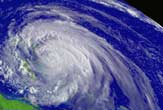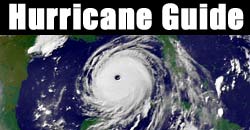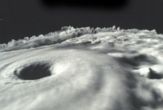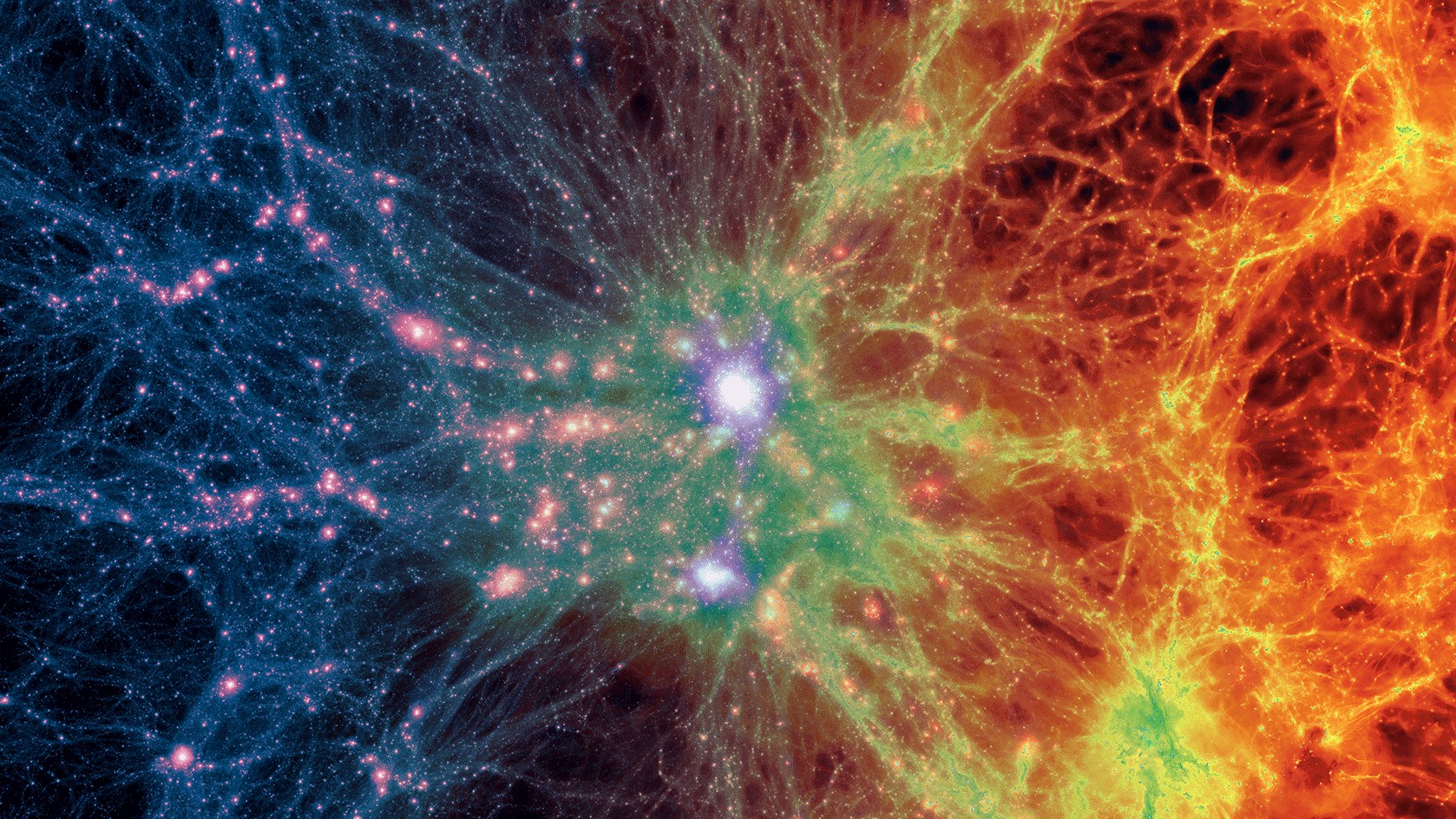Increase in Major Hurricanes Linked to Warmer Seas

The number of severe hurricanes has doubled worldwide even though the total number of hurricanes has dropped over the last 35 years, a new study finds.
The increase in major storms like Katrina coincides with a global increase of sea surface temperatures, which scientists say is an effect of global warming.
The possible relationship between global warming and hurricane strength has been a topic of controversy for years.
The new study supports another one released in July, in which climatologist Kerry Emanuel of the Massachusetts Institute of Technology showed for the first time that major storms in both the Atlantic and the Pacific since the 1970s have increased in duration and intensity by about 50 percent.
The new reearch finds that total number of hurricanes worldwide – except for in the North Atlantic – decreased during during the period from 1970 to 2004 compared to years prior.
Yet in the same period, the global number of intense Category 4 and 5 hurricanes has nearly doubled in number, jumping from 50 per five years during the 1970's to 90 per five years in the last decade.
This increase is most evident in the North Atlantic basin, where from 1975 to 1989 there were 16 such hurricanes, but from 1990-2004 there were 25, a 56 percent increase.
Get the world’s most fascinating discoveries delivered straight to your inbox.
Warmer seas
Using satellite data, the scientists link the increase in major storms to rising sea surface temperatures, which they believe have been influenced by global warming. However, the researchers will not go as far as to say that global warming is spinning up these larger storms.
"We're not saying that global warming is causing there to be more intense hurricanes," study author Peter Webster of Georgia Tech told LiveScience. "What we're saying is that sea surface temperatures are rising, and the intensity of hurricanes is associated with that. The warmer the sea surface temperature, the more intense the hurricanes."
Other studies suggest global warming won't abate for more than a century, no matter what industry might do to curb greenhouse gases.
"If this association is correct, that means we're going to have the increase in these intense hurricanes for quite a long time unless sea surface temperatures go down," he said. "The era of intense hurricanes could be around for a long time."
This study is detailed in the Sept. 16 issue of the journal Science.
Hurricane fuel
As a hurricane builds up energy, it feeds off heat from the water. As water heats up, it turns into water vapor. As water vapor rises, it cools, condenses into rain, and releases heat that fuels the hurricane. The higher the vapor rises, the more heat is released, and the more intense the storm.
From their data, Webster and his colleagues determined that global sea surface temperatures have increased by half a degree Celsius since 1970. As a result, waters worldwide are primed for making hurricanes.
"Hurricane fuel, so to speak, is water vapor that rises from the surface. Small increases in sea surface temperature give you rapidly more vapor, making hurricanes more intense," Webster said.
While most scientists agree that global sea surface temperatures have increased, they don't all agree on what drives this change. One school of thought is that long term variability of ocean temperatures drives the change, and that right now the oceans are in a warm phase unrelated to climate change.
"The other is global warming," Webster said. "We thought the way to test both hypotheses was to look at global sea surface temperature statistics."
If natural variability is the cause of rising sea surface temperatures, different sea surface temperature patterns would occur in the different ocean basins because of variations in the atmosphere above them. However, Webster and his colleagues found fairly uniform temperature changes around the globe, leading them to believe this change is due to global warming.
"We found that the sea surface temperature has risen 0.5 degrees Celsius in all basins since 1970," Webster said. "If it is due to natural variation, it must be something that's a global trend, but we don't know what that could be yet."
While warm water temperatures fuel hurricanes, a storm then cools down the sea surface. It is nature's way of moving energy from the tropics northward and dumping it, as rain, in places like the United States.
"The only way you can supply energy is by cooling the surface. You take low energy water and make high energy water vapor. In doing so, you cool the ocean surface," Webster said. "Hurricanes are very effective at taking energy out of the ocean."
As the hurricane builds up, it pulls more and more water vapor away from the sea surface, releasing more heat as it does so. In addition to cooling the water this way, the intense hurricane winds also mix cool water from the deep with warmer surface water.
Fewer total hurricanes
So if warmer sea surface temperatures lead to an increase in intense hurricanes, why has there been a decrease in the total number of hurricanes in this same period?
"We don't have a simple theory to explain that one, as we do with hurricane intensity, but there may be a relationship," Judith Curry, also of Georgia Tech and a study co-author said yesterday in a teleconference, adding that the intense hurricanes may hinder the formation of other hurricanes by removing so much heat from the ocean.
Scientists have long known that when one tropical storm follows the same path as a previous hurricane, it is less likely to grow strong.
Another observation of the study was that the global number of hurricane days has steadily been decreasing. In 1995 there were 870 hurricane and tropical storm days worldwide, but in 2003 that number dropped to 600.
For now, scientists don't know what mechanism caused the decrease to happen, but they say future research and data collection will hopefully help them figure it out.
"The decrease in the number of hurricanes and the decrease in the number of hurricane days correspond almost exactly to when the number of intense hurricanes increase," Webster said. "There must be something monumental that will come along and kick us in the shin to help us understand that."
- 2005 Hurricane Guide
- Katrina Joins List of 10 Deadliest U.S. Disasters
- Communication Breakdown: From 9/11 to Katrina
- Global Disaster Hotspots: Who Gets Pummeled
Deadliest, costliest, busiest months, worst states, plus this year's storm names and more.
The science of monster storms.
Katrina Gallery
Hurricane Gallery





